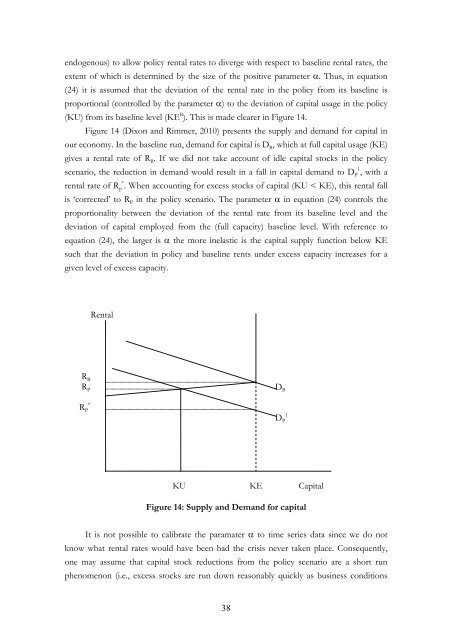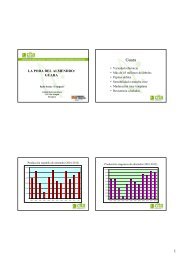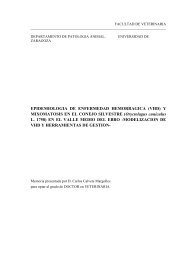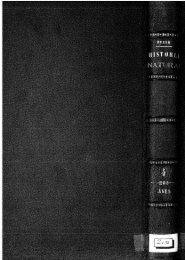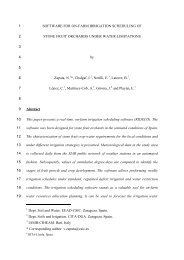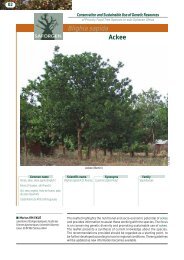1 A Recursive Dynamic Computable General Equilibrium Model For ...
1 A Recursive Dynamic Computable General Equilibrium Model For ...
1 A Recursive Dynamic Computable General Equilibrium Model For ...
You also want an ePaper? Increase the reach of your titles
YUMPU automatically turns print PDFs into web optimized ePapers that Google loves.
endogenous) to allow policy rental rates to diverge with respect to baseline rental rates, the<br />
extent of which is determined by the size of the positive parameter α. Thus, in equation<br />
(24) it is assumed that the deviation of the rental rate in the policy from its baseline is<br />
proportional (controlled by the parameter α) to the deviation of capital usage in the policy<br />
(KU) from its baseline level (KE B ). This is made clearer in Figure 14.<br />
Figure 14 (Dixon and Rimmer, 2010) presents the supply and demand for capital in<br />
our economy. In the baseline run, demand for capital is DB, which at full capital usage (KE)<br />
gives a rental rate of RB. If we did not take account of idle capital stocks in the policy<br />
1<br />
scenario, the reduction in demand would result in a fall in capital demand to DP , with a<br />
*<br />
rental rate of Rp . When accounting for excess stocks of capital (KU < KE), this rental fall<br />
is ‘corrected’ to RP in the policy scenario. The parameter α in equation (24) controls the<br />
proportionality between the deviation of the rental rate from its baseline level and the<br />
deviation of capital employed from the (full capacity) baseline level. With reference to<br />
equation (24), the larger is α the more inelastic is the capital supply function below KE<br />
such that the deviation in policy and baseline rents under excess capacity increases for a<br />
given level of excess capacity.<br />
R B<br />
R P<br />
*<br />
RP Rental<br />
Figure 14: Supply and Demand for capital<br />
It is not possible to calibrate the paramater α to time series data since we do not<br />
know what rental rates would have been had the crisis never taken place. Consequently,<br />
one may assume that capital stock reductions from the policy scenario are a short run<br />
phenomenon (i.e., excess stocks are run down reasonably quickly as business conditions<br />
38<br />
D B<br />
1<br />
DP KU KE Capital


